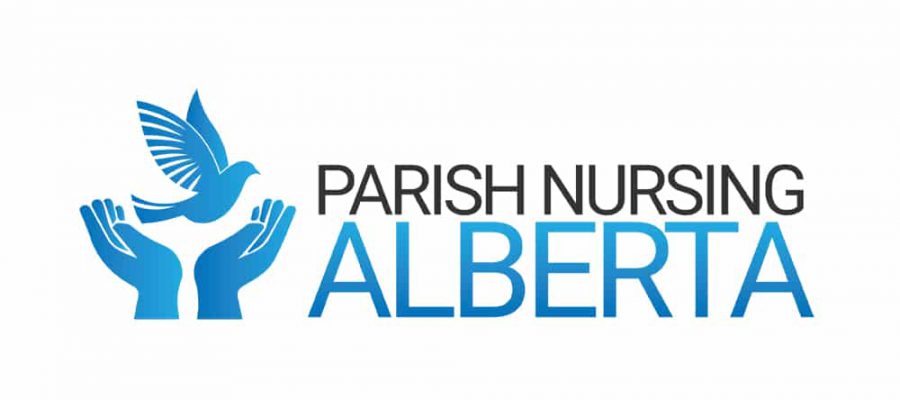Attending the Parish Nursing interest group meeting gives opportunity to hear about what some nurses are up to in the province.
I have long had a burning question that I continue to explore:
“What happens to the soul and the spirit when cognition fails within a person? “
In the spring of 2017 I had the pleasure to attend an Opening Minds through Art (OMA) facilitation training session in Calgary, Alberta. This program was developed through the Scripps Gerontological Center at Miami University in Ohio. It was created out of a passion to build bridges across age and cognitive barriers through art. OMA allows for people living with dementia to have a purposeful, meaningful, and pleasurable engagement encounter in a one to one setting. I became very intrigued about the potential entry into the some ‘seemingly hidden’ aspects of parts of the brain in a person living with dementia.
When giving certain opportunities to express creativity and with the volunteers to approach a person living with dementia with deeper knowledge of the disease process, something beautiful can occur. I have participated in and observed the process that is used when implementing the OMA program. I have been challenged in my understanding of the current definition of quality of care. I am convinced that our society still has much to learn about caring for the human soul and spirit in people living with dementia.
My story as it has evolved since 2017:
The Alzheimer Society of Alberta and Northwest Territories (ASANT) in Red Deer through a volunteer partnered with Red Deer College students and the Points West Supportive Living home (PWL) to implement an innovative caring approach to Dementia Care. Collaboratively, OMA facilitators Carlene Wagner RT, BA. & Helle Tees RN, BN, MN, GNC(c) offered the Opening Minds through Art (OMA) program. ASANT resources were used in the educational workshops to introduce the topic of dementia to approximately 200 college students prior to the three OMA sessions that were held between Sept 2017 and May 2018. The students represented the BScN program, the Occupational and PhysioTherapy Assistant program, and the LPN program. Eight students were selected from each program category and were each paired with one specific resident (referred to as the artist) from PWL for the duration of the 10 weeks program with the weekly sessions. Together they journeyed through the process of OMA. During the first session a research study was conducted and lead by Red Deer College instructor Shireen Bell to discover if the OMA program can change or influence the students’ attitude toward dementia care.
Each week the residents were greeted by their student partners and the OMA facilitators to begin each session. Together the artists and students engaged in song, conversations, and a selected art process that was guided but not directed by the student. Each week, we discovered that we cannot underestimate the ‘hidden creativity’ that is still intact despite cognitive decline. We saw artists engage in the activity as they created a piece of art work ( abstract expressionism) each week. The students grew in their ability to communicate, respond, and care for their artists. During the debrief time students expressed the importance of “letting go” and “letting the artist”, thus discovering that empathy occurred when just being present with one another.
“I see how OMA is allowing the artist to feel more like herself, making the decisions she wants, and having someone to talk about anything or even enjoying the silence together”. ( Anonymous OMA participant RDC student, 2017).
To celebrate the artists and their creations, the art work were displayed at an evening Art Gallery event for friends, families, and community members. Each painting had a title which had been given personally by the individual artist. A portion of the art pieces were auctioned off with the proceeds used to procure further OMA supply, while the artists themselves were given a framed picture of their choice.
The OMA program represents an innovative way to engage and that activities are not just “busy work” but a true way to connect. A social change is in the making when attitudes change and meaningful encounters are made possible.
Helle Tees


Good evening. Many thanks 🙂 Excellent article.